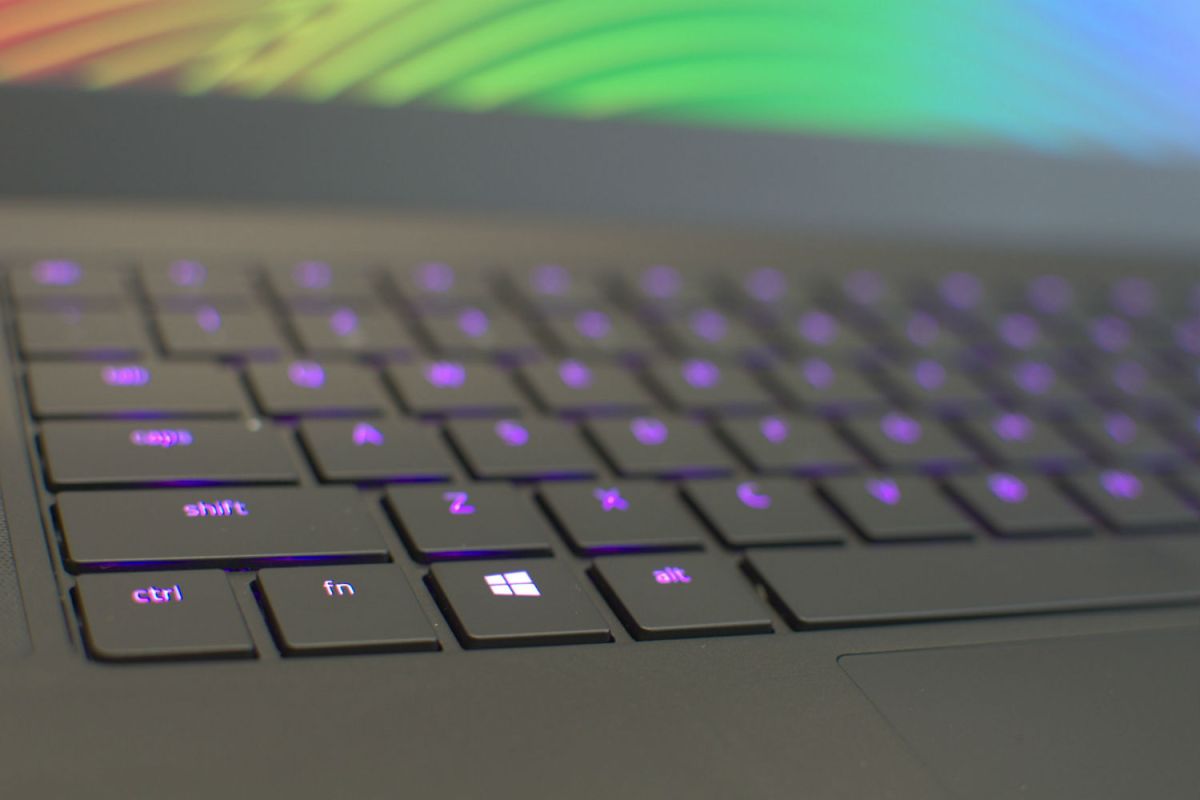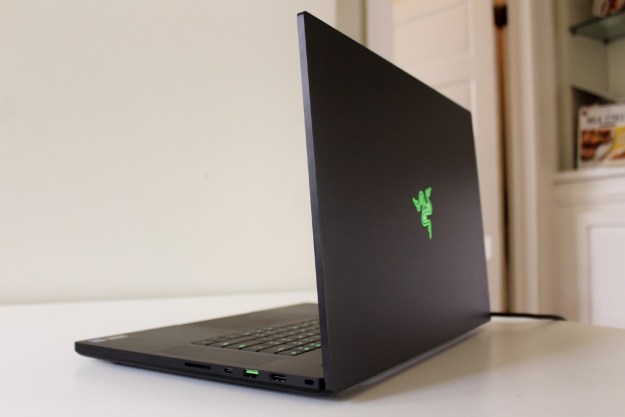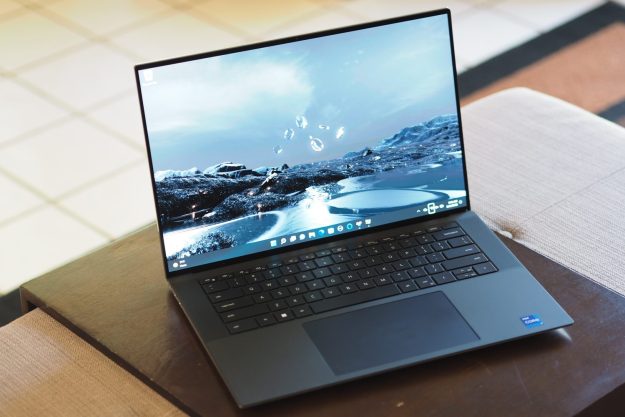Gaming laptops have become thinner, lighter, and more powerful, but one core area has not changed much over the years. The keyboard.
The most recent update to the Razer Blade Advanced 15 comes with an optical keyboard, featuring the same technology from Razer’s best-selling Hunstman Elite mechanical keyboard.
Could we finally get the accuracy and tactile feeling of a traditional gaming keyboard in a gaming laptop? The newest Razer Blade seems to have done the impossible.
A magical keyboard built for gaming and more
Razer has continually updated its flagship Razer Blade 15 over the past year, launching new features for it every few months. Its newest is the only one you can actually feel the difference with though.
I started my laying my hands on the palmrests and tapping the keys. Instantly, the substantial change be felt.

Razer says the Blade Advanced 15 is currently the world’s first gaming laptop with an optical keyboard. Not to be confused with a real mechanical keyboard, the technology is similar to what’s found in its Huntsman Elite keyboard.
But for the Razer Blade, it’s been slimmed down to fit the thinner profile for the laptop form factor. It comes at no cost to overall weight, thickness, or layout. Visually, it’s unchanged from previous models.
The new design means getting the same clicky and accurate feeling of typing on a mechanical keyboard.
This optical keyboard is designed with speed and precision in mind. It uses an optical light sensor in all of its switches for actuation instead of mechanical metallic parts. There’s also a key stabilizer bar, which flanks both sides of the undersides of the keycap, making for fewer moving parts. For gaming and typing, this design means I was able to get the same clicky and accurate feeling of a mechanical keyboard.
When you press down on a key, a beam of light passes through the switch steam inside, and a signal is instantly sent to the computer to perform the action — with no debounce delay.
The company is proud of some key points here. The actuation force on the keyboard is 55 grams, key travel distance is 1.7 mm, and the actuation point is 1 mm. A standard mechanical keyboard will feature around 50 – 60 grams of actuation force and an actuation point of around 2.0-2.2mm. A full mechanical keyboard is often far too thick to fit in to the thin chassis of a modern-day laptop, so the optical technology is key to making this all work.

The Razer representatives wanted me to test it out in real life, so they booted up the game Typing of the Dead Overkill. Typing out words to kill zombies, I achieved a near 97 percent accuracy in the game.
As I typed out phrases and words, each key produced a satisfying clicking sound that I’m familiar with from the mechanical keyboard I use at home. My fingers also easily tapped between keys, like a perfectly oiled-up machine in motion. I’ve never felt a laptop keyboard this precise.
In this game where typing is the key to success, I never once died. I also noticed the feeling of extra durability, as when I jammed on the keys, it didn’t flex. All my keypresses registered from any angles. Even touch-typing, and taking Bing’s speed test led me to near 97% accuracy.
Of course, the keyboard also sports N-Key rollover with anti-ghosting technology, which is standard on
Familiar, masterful design
For all the thought that went into the keyboard, the rest of the design of the Razer Blade Advanced 15 is unchanged. That’s not a bad thing.
At 0.78 inches thick, and around 5 pounds, I still quite enjoyed its robust build quality. Similar to the unibody MacBooks, it is made of solid chunk of aluminum and there’s no bending or flex to deal with. The large glass touchpad remains unchanged, which is Windows Precision and is as responsive and wide as ever.

The overall finish on the device does still gather fingerprints and sweat, but it is visually impressive for a gaming laptop.
Connectivity is also unchanged, a mix for everything I typically connect up to a gaming laptop. There’s a USB-C Thunderbolt 3 port, two full-sized USB-A, one USB-C 3.2 Gen 2 port, an HDMI port, and mini-DisplayPort.
The 4K OLED model does not currently offer the option for the new optical keyboard.
The display too shines bright and comes in with the same 0.19-inch side bezels as the past. The panel inside itself has a 1,920 x 1,080 resolution and sports a 240Hz refresh rate, though it is not new for Razer, as we’ve seen that before on the 2019 Razer Blade.
It should be noted that the 4K OLED model does not currently offer the new optical keyboard as an option.
At the end of the day, the most important part of any gaming laptop is what lay under the hood to power it. For the Razer Blade Advanced 15 Optical, that’s still an Intel Core i7-9750H processor, Nvidia GeForce RTX 2070 Max-Q graphics card with 8GB of VRAM. It’s also paired with 16GB RAM, as well as a 512GB SSD.
Coming soon to a Razer laptop near you
Putting everything together, the Razer Blade Advanced 15 Optical is alone in its ambitions. Its keyboard is very precise and accurate, the device remains as powerful and beautiful as ever.
Razer says that the optical keyboard will only be available on the Razer Blade 15 Advanced 240Hz model for now, though it is planning to expand to later models in 2020. It goes on sale today for $2,650, but you can still purchase models without the optical keyboard for $100 less. That price might be worth it if you’re a serious gamer after accuracy and perfection.
Editors' Recommendations
- 2 gaming laptops you should buy instead of the Razer Blade
- The Razer Blade is losing its edge
- Razer Blade 14 vs. Razer Blade 15: is smaller better?
- The best gaming laptops from CES 2023: ROG, Alienware, Razer, and more
- Razer Blade 16 and 18 hands-on review: not afraid to go big


